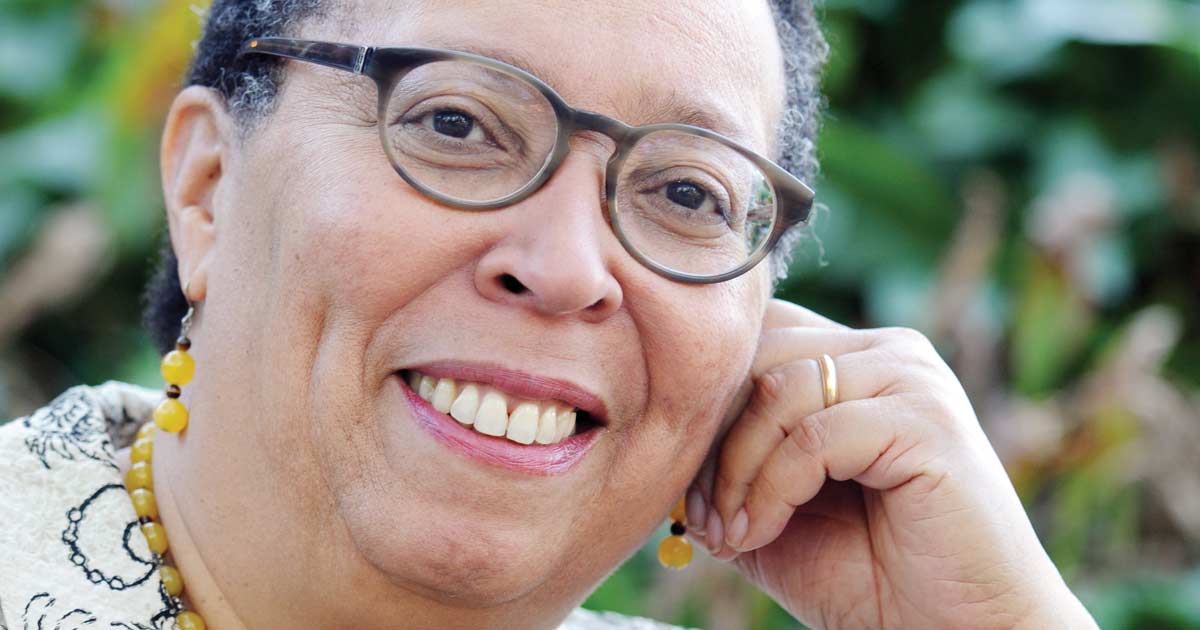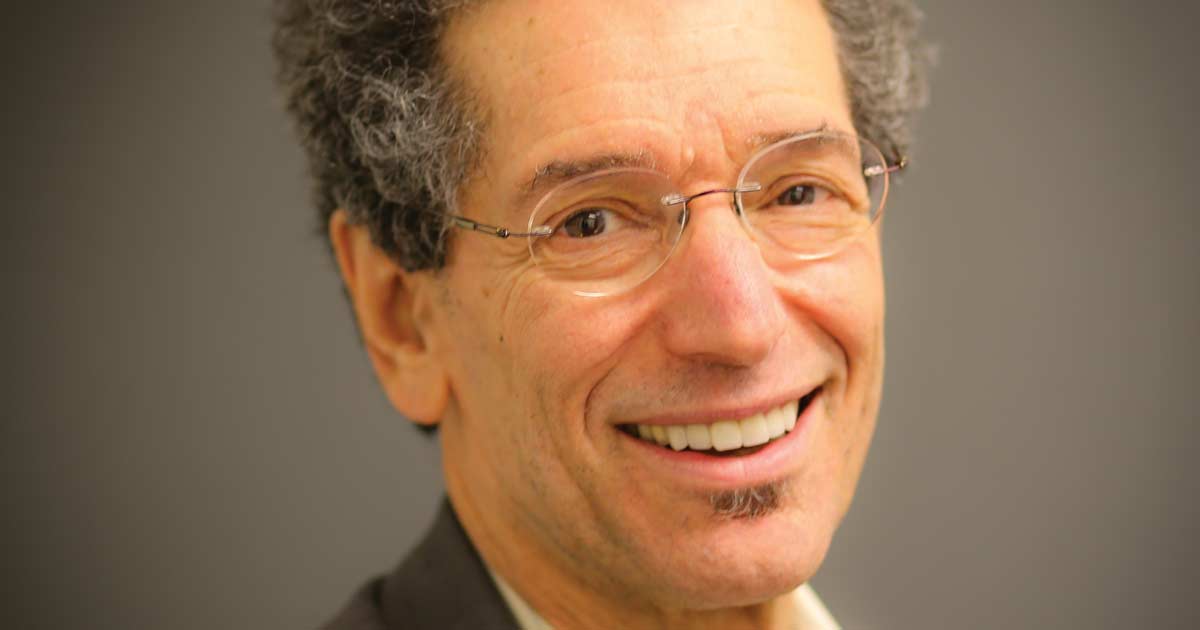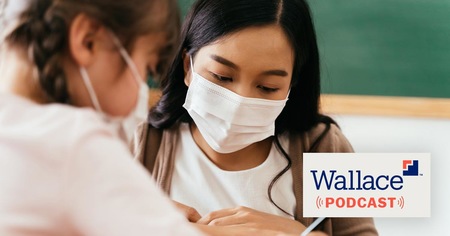It identifies key lessons about how youth learn and develop and translates them to practice settings, in and out of school.
The SoLD Alliance includes research, practice and policy experts. Enthusiasm about their findings led us to ask two friends—critical actors in youth development field history, SoLD Alliance members, and National Commission on Social, Emotional, and Academic Development leaders—for their thoughts on how the findings, originally slated for K-12 settings, might be applied in afterschool.

My hope is that the SoLD findings encourage afterschool staff and administrators to be even more intentional about what they do and embolden them to communicate better why they do it. The findings validate our explanation of "the magic" often observed when youth seem to blossom in programs that prioritize relationship building and create supportive contexts in which exploration and mastery of content—art, robotics, gardening, service projects—is the means to an end; the development of skills and competencies that undergird their sense of identity and agency.
Equally important, the findings explain two other things afterschool programs strive to do: personalize experiences within the program and understand the impact of experiences outside of the program.
The growth in skills, knowledge, confidence and identity happens because the brain is malleable, well through the adolescent years, which means all children have great potential. This is why context and relationships— not genes—are the drivers of learning and development. Afterschool program staff often have time to help young people make meaning out of their experiences, in and out of our programs.
—Karen Pittman, CoFounder, President, and CEO, Forum for Youth Investment

My hope is that afterschool staff and administrators use and build upon the SoLD findings by:
- Understanding and acting on the SoLD findings.
- Understanding the implications for staff, leadership and policymakers.
- Doing good things in afterschool programs and stopping doing problematic things.
- Building supportive developmental relationships between and among adults, young people, and peers.
- Supporting the development of motivation, identity and meaning making.
- Responding to the individual uniqueness of each young person, including individual strengths and needs.
- Being culturally competent, responsive, and humble, and addressing the implications of intersectionality.
- Understanding and addressing the impact of stress on young people, their colleagues, and themselves.
- Providing environments that build webs of support for young people, where they feel physically, emotionally, and identity safe; supported and connected; engaged; and challenged.
These responses highlight the critical role adults play in designing and implementing programs aligned with the SoLD findings, such as providing safe, supportive environments; cultivating strong, healthy relationships; and addressing youth as individuals with unique strengths and needs.
—David Osher, Ph.D., Vice President, American Institutes for Research
Written by Deborah Moroney, Managing Director, American Institutes for Research, NAA Ambassador member, and Jill Young, Senior Researcher, American Institutes for Research, NAA Executive member.
This article originally appeared in the Spring 2020 issue of AfterSchool Today.




